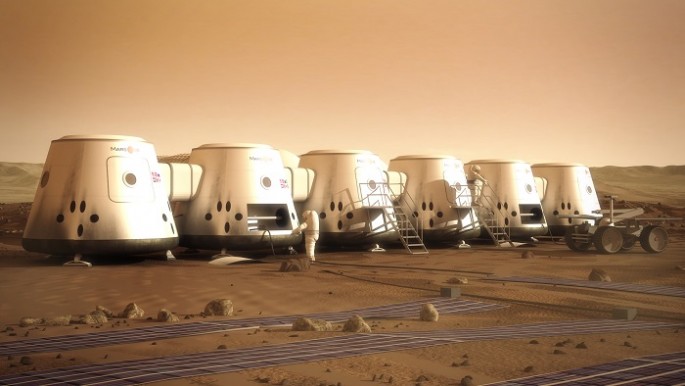Dutch-based Mars One venture is about to finish choosing its crews to their one-way-trip to the Red Planet, however, a few problems arise on hand at this time. There have been several challenges that Mars One has been facing these past few weeks.
Mars On e's project leaders have not followed up on concept studies with regard to robotic exercises focused on sending a lander and an orbiter to Mars in 2018. Astronomer Gerard 't Hooft disclosed that this mission will take a bit longer and a little more expensive that what was advertised.
From the beginning, questions have been asked as to how the commercial venture could possibly cover the multibillion dollar expenses of sending astronauts to Mars. Not to mention that it is a one-way trip without a promise of coming back to Earth, according to NBC News.
Those planned trip is to commence in 2024 which is more ambitious than the one sent by the Americans to the moon in a superpower space race in 1960s.
A number of public and private organizations have already been setting up plans to send astronauts to the Red Planet. Mars has been studied by scientists for years and found that it is possible as a potential destination and a possibility of an alien life form existence.
There are five possible manned Mars missions that aim to launch five years from now.
Inspiration Mars, which will be led by millionaire Dennis Tito, the world's first space tourist when he went out to space and visit the International Space Station in 2001.
Mars One, the Dutch based project that aims the Red Planet destination in 2023 which will cost around $6 billion.
Elon Musk's Mars Colony, led by billionaire entrepreneur Elon Musk, CEO of Tesla and founder of SpaceX, has dreamed big and has his eyes on Mars too.
Mars Direct, a plan developed in 1990s by the Mars Society headed by Robert Zubrin. Astronauts will fly to Mars using the existing technology, and once landed, the crew will generate oxygen and rocket fuel using the Red Planet's thin atmosphere.
NASA, sending astronauts to Mars is one of the longest goals of NASA's human spaceflight program. The space agency plans to send people to a near-Earth asteroid in 2025, which will be followed by landing on the Red Planet by mid 2030s, Space reported



























